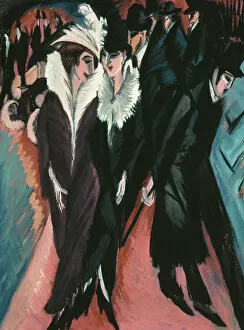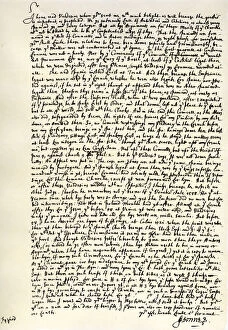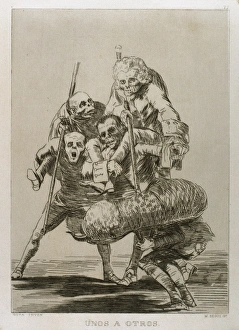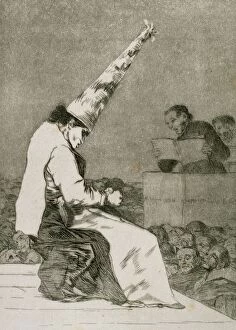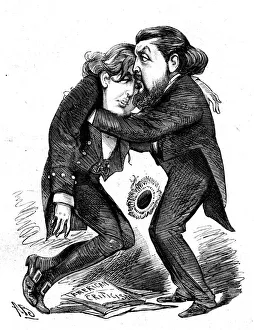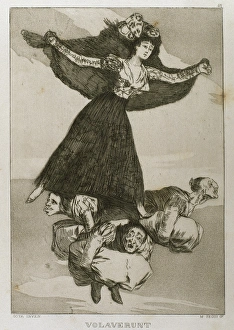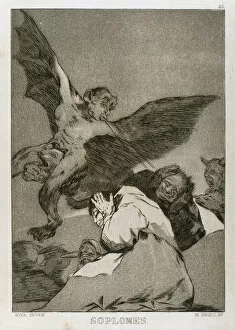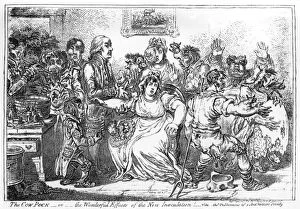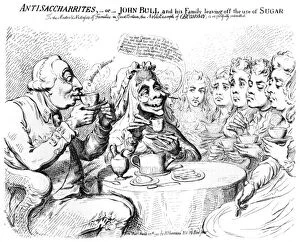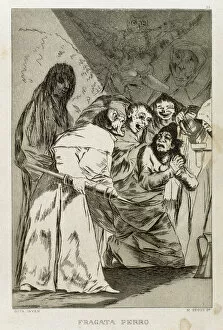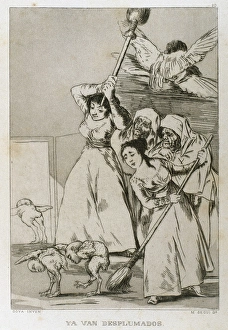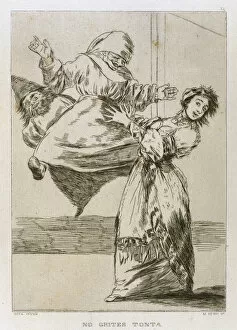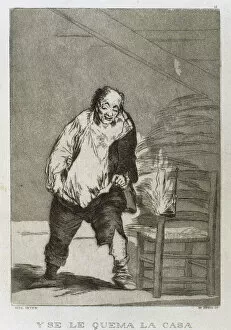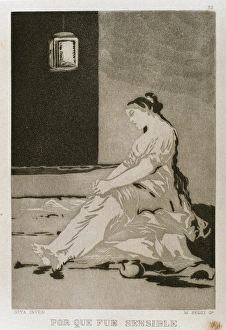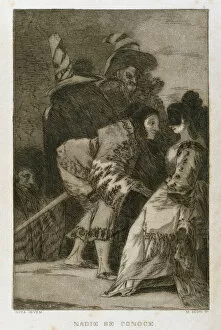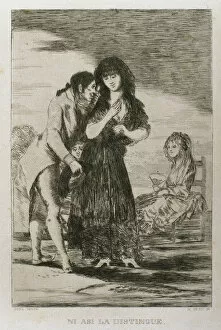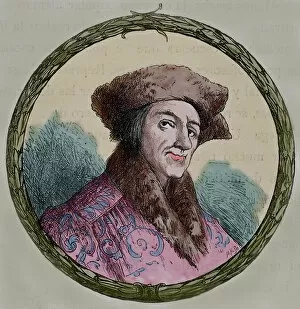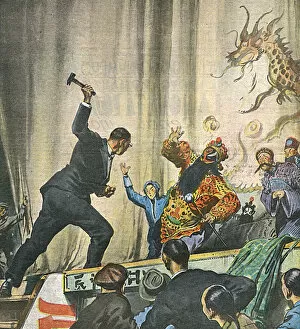Criticism Collection (page 6)
"Criticism: A Reflection on Art, Society, and Humanity" In the realm of art, it has long been a driving force behind innovation and introspection. From Harold C
All Professionally Made to Order for Quick Shipping
"Criticism: A Reflection on Art, Society, and Humanity" In the realm of art, it has long been a driving force behind innovation and introspection. From Harold C. Harvey's thought-provoking painting "The Critics" to Robert Delaunay's whimsical "Carousel with Pigs, " artists have often found themselves under the scrutiny of those who seek to dissect their creations. But criticism extends beyond the world of art; it permeates every aspect of our lives. Whether it is political cartoons like "Britannia between Scylla & Charybdis" or social commentaries such as "La Civilisation Anglaise - based on Gin, " these mediums serve as mirrors reflecting society's flaws and virtues. Even historical events are not spared from critique. The woodcut and letterpress work titled "The Vindication of Christmas" challenges societal norms while Francisco Goya's captivating plaques in his series "Caprices" explore themes ranging from love to kinship, and are be both constructive and destructive, acting as a catalyst for growth or an instrument of oppression. Donald McGill's comic postcard humorously highlights this duality with its portrayal of a dirty collar symbolizing imperfections that invite ridicule. Yet amidst all the critiques lies an inherent beauty – the power to provoke change. As seen in Goya's haunting depictions in "The Valley of the Shadow of Death, " we confront our darkest fears through artistic expression, ultimately leading us towards enlightenment. And so, let us remember that criticism is not merely an act but rather a dialogue between creator and critic, challenging us to question our beliefs and strive for improvement. In Qui Hi’s Last March to Padree Burrows’s Go Down cartoon or even in More Pigs than Teats illustration, we find ourselves confronted with uncomfortable truths about sin, death, devilry – aspects that shape our existence.


